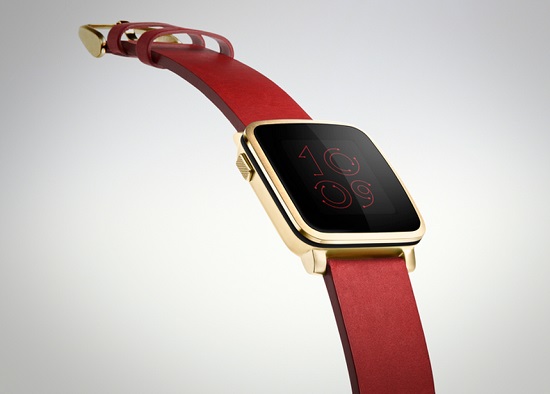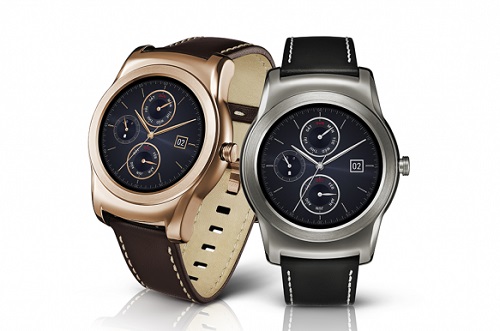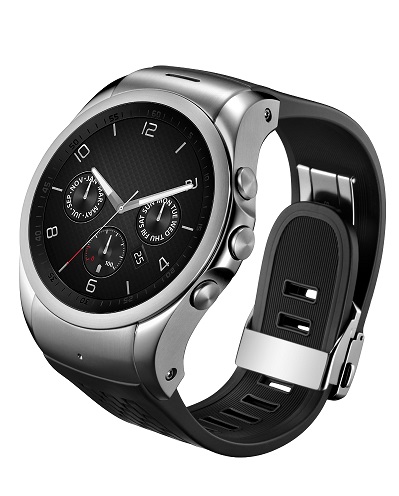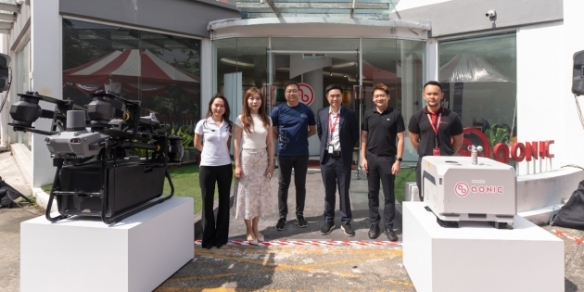MWC 2015 wrap-up: Wearables and IoT the next growth areas?
By Keith Liu March 9, 2015
- MWC 2015 a platform for the next growth trends in mobility: Wearables and IoT
- Almost 400mil wearable devices will be sold in 2020

THE 2015 Mobile World Congress (MWC) held in Barcelona, Spain from March 2-5 was the largest ever in the event’s 10-year history.
According to its organiser, the GSM Association (GSMA), more than 93,000 attendees from 200 countries participated in this annual telecom conference and exhibition, up from 86,000 a year ago. More than 2,000 companies showcased their products and services in the vast halls of the Fira de Barcelona.
Aside from the slew of smartphone launches which typically headline the event, analysts say this year’s MWC became a platform for the next growth trends in mobility, namely the Internet of Things (IoT) and wearables.
READ ALSO: TM positioning itself to capture IoT, smart city growth
The Internet of Things
Simply put, IoT is about connected objects (like ticketing machines or warehouse storage equipment) that are embedded with sensors, wireless radios and software, allowing them to communicate with other devices or a central hub in order to perform tasks without human intervention, or to enhance workflow.
Such technology has been in existence under the moniker ‘Machine-To-Machine’ or M2M communications.
Think of IoT then, as an upgrade with the emergence of LTE (Long-Term Evolution), NFC (near-field communications), high-speed Bluetooth, and environmental sensors.
Research firm Gartner predicts that in 2015, 4.9 billion of such ‘things’ will be in use, and that number will reach 26 billion in 2020, with utilities, manufacturing and government sectors being the top three verticals to adopt such technology.
In his research note, Gartner’s vice president and distinguished analyst Jim Tully wrote that IoT will threaten many existing businesses, and “they have no choice but to pursue IoT, like they’ve done with the consumerisation of IT.”
Technology research firm Ovum’s analyst Mark Newman added that the IoT has led to a shift in priority for network vendors and operators to focus on “the ability to support (hundreds of millions of) connections and offer millisecond latency rather than pure speed” when it comes to next-generation networks.
A key reason why KT for example, announced a memorandum of understanding (MoU) with Nokia to establish an IoT lab in the South Korean carrier’s premises, supported by Nokia Networks, Nokia Here and Nokia Technologies.
Wearables
 Apple is due to divulge more details about its Apple Watch this week, and that product certainly cast a huge shadow over the numerous smartwatch and fitness trackers like the HTC Grip that were launched at MWC.
Apple is due to divulge more details about its Apple Watch this week, and that product certainly cast a huge shadow over the numerous smartwatch and fitness trackers like the HTC Grip that were launched at MWC.
Regardless, companies like Huawei and Pebble made headlines with new smart watches that seem to be designed to be used first as a fashionable timepiece, rather than multi-tasking wearables.
The Huawei Watch (pic, right) has all the elements of a classy accessory that you’ll be happy to have on your wrist, including a round metal display, scratch-resistant sapphire crystal glass, a choice of metal or leather strap, and a size that is smaller than rivals like the Moto 360.
Running on the Android Wear platform, the Huawei Watch is powered by a Snapdragon 400 processor and sports the highest resolution display among smartwatches today, at 400 x 400.
Meanwhile, Pebble, a smartwatch brand that was born from a Kickstarter project, announced its follow-up act in the form of Pebble Time in late February, and has succeeded in raising US$16 million so far, exceeding its US$500,000 goal by some margin.

At MWC, the company launched Pebble Time Steel (pic above), a premium edition of its Pebble Time, with an option for a leather or steel strap.
The Pebble’s key selling point is its seven-day battery life (compared with one to two days for Android Wear smartwatches), due to its use of an e-ink display, and the new products will be upgraded with colour e-ink screens.
LG, in the meantime, announced not one but two new smartwatches. The LG Watch Urbane runs on Android Wear, while the LG Watch Urbane LTE is powered by LG’s own operating system.

The all-metal Urbane (pic above) continues the South Korean giant’s efforts to achieve the look of classic wrist watches. Powered by a Snapdragon 400 processor, it comes with a 1.3-inch circular screen with a 320 x 320 resolution and a traditional bezel.
 With the Urbane LTE (pic, right), LG added 4G capability and larger 700 mAh battery, allowing you to make calls and send text messages without the need to pair it with a smartphone. However, its size may be a challenge for some wrists.
With the Urbane LTE (pic, right), LG added 4G capability and larger 700 mAh battery, allowing you to make calls and send text messages without the need to pair it with a smartphone. However, its size may be a challenge for some wrists.
Ovum predicts that almost 400 million wearable devices will be sold in 2020, up from 24 million units in 2014. About a third of that will be multipurpose devices like smartwatches.
Ovum’s lead analyst for consumer technology, Ronan de Renesse commented that “Affordability and better quality of service for smarter wearable devices will be key drivers in the shift from activity trackers to multipurpose wearables such as the Apple Watch.
“Currently, the market is overcrowded in comparison to demand. Supply chains and marketing investments need to be tightly controlled. Larger vendors able to sustain investments for longer stand a better chance of establishing a market lead,” he added.
Related Stories:
A rundown of the smartphones launched at MWC 2015
MWC 2015: Samsung unleashes Galaxy S6, other goodies
MWC 2015: HTC rolls out most powerful smartphone, gets into VR and wearables
MWC 2015: Huawei rolls out wearables, new MediaPad
MasterCard gets on board Samsung Pay
For more technology news and the latest updates, follow us on Twitter, LinkedIn or Like us on Facebook.


